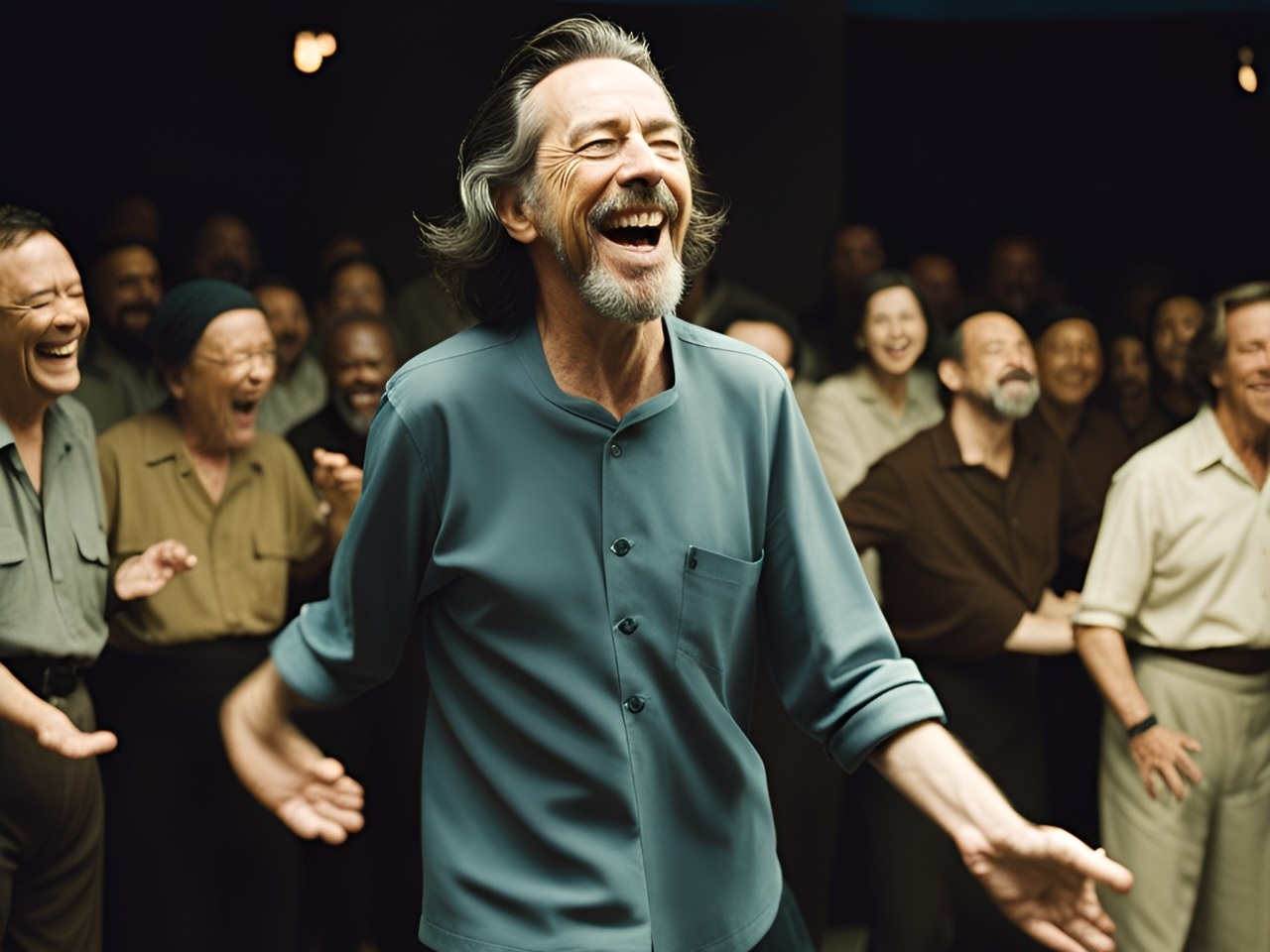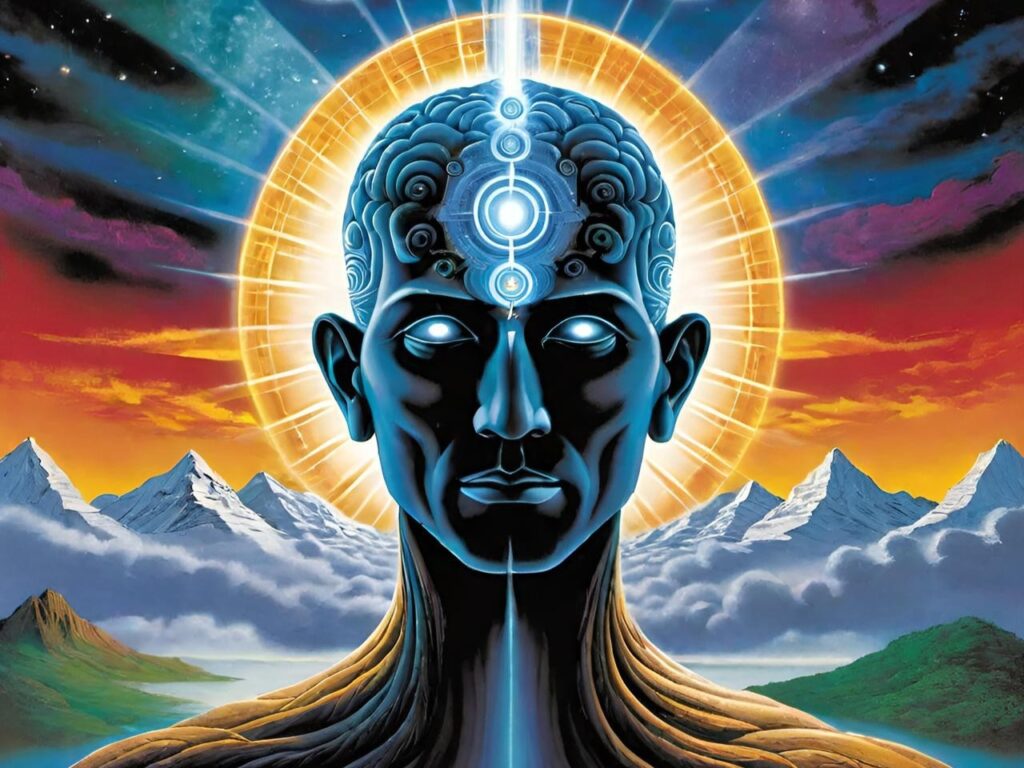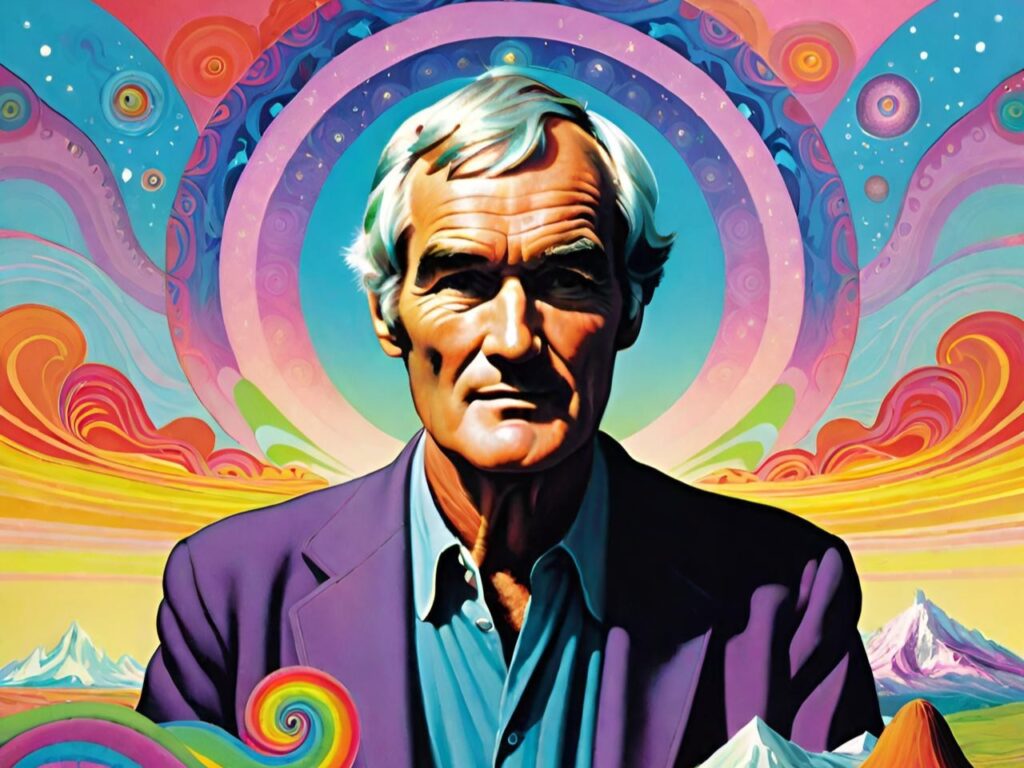Alan Watts, the English philosopher, writer, and speaker, who brought the exploration of Eastern philosophy and spirituality in the Western world, is someone who has had a significant impact on me. His teachings, which encompassed a wide range of topics, emphasized the interconnectedness of all existence and the essential need for individuals to embrace their innate spirituality. Among the various forms of expression that Watts celebrated, dancing held a particularly special place. This article dives into how Alan Watts saw dancing as a conduit for accessing and embodying the spiritual essence within each individual.
According to Watts, dancing allows individuals to fully inhabit their bodies and be present in the moment. Through dancing, one becomes aware of their physicality, experiencing the joy, rhythm, and spontaneity of movement without the interference of self-consciousness. Dancing serves as a means of transcending the limitations of the ego. By engaging in this physical activity, one can release societal expectations, judgments, and self-imposed constraints, allowing the true essence of their being to shine forth.
In Watts’ teachings, dancing embodies the cosmic dance of existence itself. Through rhythmic movement, individuals can connect with the universal energy flowing through all things, aligning themselves with the larger patterns of creation. In this state of union, one can experience a sense of oneness and harmony with the universe.
The Ecstatic Dance of Celebration
Watts believed that through dancing, individuals can celebrate the sheer joy and wonder of being alive. Dancing becomes an expression of gratitude for the gift of life, enabling one to fully immerse themselves in the present moment and relish the beauty of existence. It provides a medium for individuals to express and release emotions that may be difficult to articulate verbally. The act of moving to music can facilitate the processing and release of pent-up emotions, allowing for a cathartic experience and a renewed sense of emotional well-being.
In communal dancing, Watts saw an opportunity for individuals to connect with others on a deeper level. Through shared movement, people can experience a sense of unity and connection, breaking down barriers and fostering a sense of belonging within a larger whole.
Dancing as Meditation and Spiritual Practice
Watts emphasized that dancing can be a form of meditation, enabling individuals to enter a state of heightened awareness, concentration, and mindfulness. Through dancing, the mind can enter a state of flow, free from distractions and absorbed in the present moment.
In movement-based spiritual practices, such as ecstatic dance or trance dance, Watts believed that individuals could transcend the boundaries of the ego and connect with their higher selves. Through the repetitive and rhythmic nature of dance, the mind quiets, and one becomes attuned to the spiritual essence within.
Conclusion
Alan Watts recognized the profound spiritual power of dancing as a practice that allows individuals to connect with their innermost selves, transcend societal constraints, and experience a sense of union with the universe. Through dancing, one can celebrate the beauty of life, release emotions, and find community with others. Furthermore, dancing can serve as a form of meditation, enabling individuals to enter a state of presence and mindfulness. In the wisdom of Alan Watts, dancing is not merely a physical act but a spiritual journey, offering an avenue for individuals to explore their true nature and connect with the larger energies of existence.




